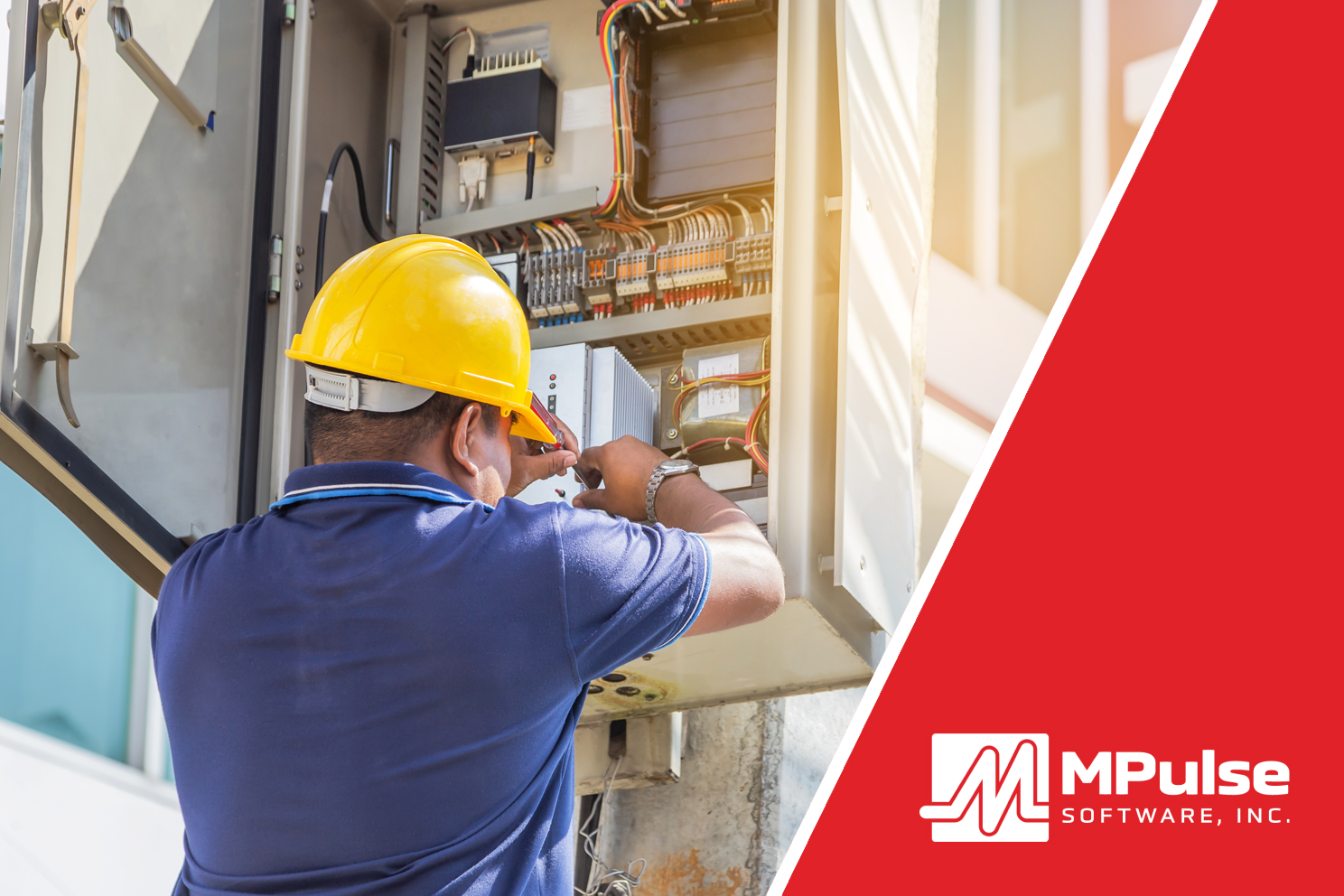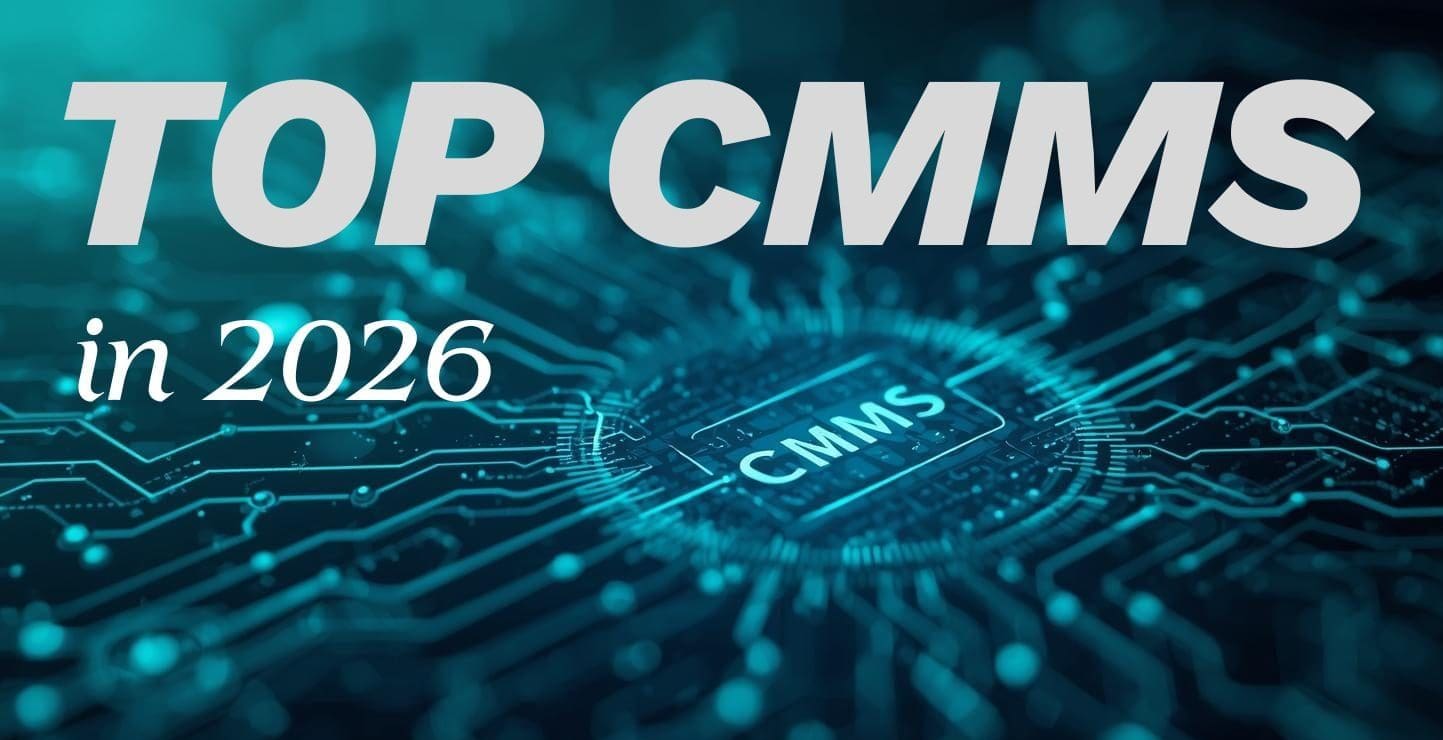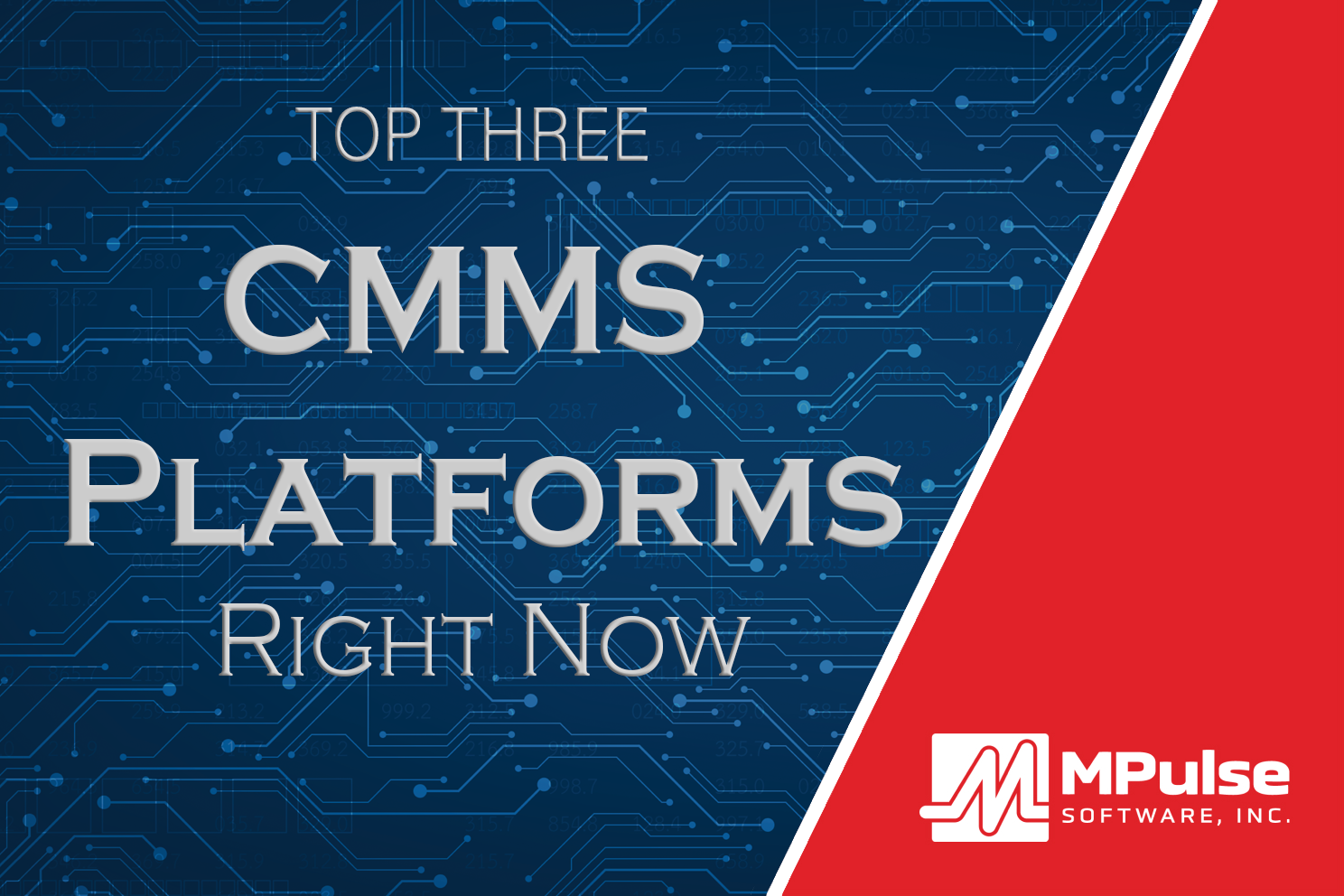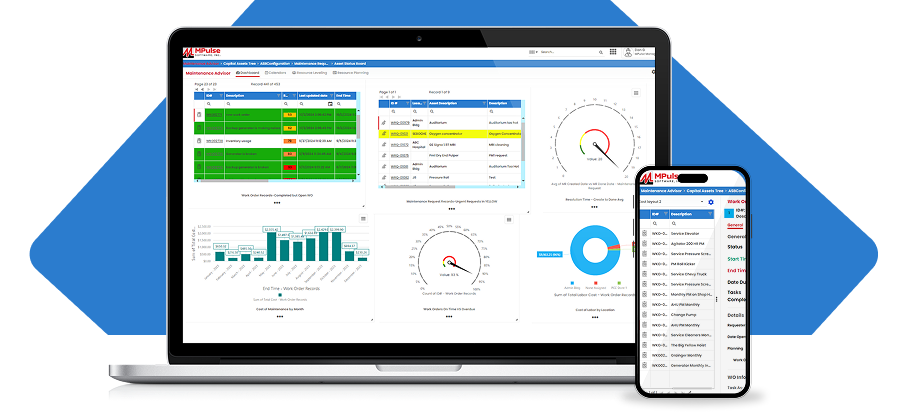Building maintenance mistakes can cost a lot of time and money. If you don’t take care of systems like heating, air conditioning, plumbing, lights, and elevators, small problems can turn into big ones.
And big problems cost a lot of time and money.
Let’s look at some common building maintenance mistakes, and how to avoid them so everything runs smoothly and safely.
Table of Contents
Mistake #1: Waiting Until Something Breaks
One of the most common building maintenance mistakes is waiting until something stops working before fixing it. We call this approach reactive maintenance.
The problem? Waiting can lead to bigger damage. For example, if you wait to fix a leaking pipe, it could burst and flood a room. That’s a lot more expensive than just replacing a small part early.
How to Avoid It:
Do preventive maintenance by checking equipment regularly and fixing small problems before they become big ones. Use a schedule to make sure things like filters, belts, and fans get cleaned or replaced on time.
Mistake #2: Not Keeping Records
If you don’t keep track of when maintenance was done, you might forget important jobs. You could end up fixing the same problem more than once or missing something that needs attention.
How to Avoid It:
Document maintenance tasks in CMMS software like MPulse to record all work that gets done. Record the date, what was fixed, and who did the job. Keeping records helps you stay organized and gives you a history of each piece of equipment.
Mistake #3: Ignoring Small Issues
Sometimes, small issues like a strange noise in the air conditioner or a flickering light are ignored. But small problems often turn into bigger ones. A weird sound could mean a motor is wearing out. A flickering light might mean bad wiring.
How to Avoid It:
Pay attention to the small signs. Have workers or building users to report anything unusual via service requests. Fixing problems early is always cheaper and faster than waiting.
Mistake #4: Using the Wrong Tools or Parts
Trying to save money by using cheap or incorrect parts can cause damage later. The wrong part might not fit right or could wear out quickly. That leads to more repairs and more downtime.
How to Avoid It:
Always use the right tools and high-quality parts that match the equipment. It might cost a little more now, but it saves money in the long run by lasting longer and working better.
Mistake #5: Skipping Regular Inspections
If you don’t check systems regularly, you might miss warning signs. Things like dirty air filters, clogged drains, or loose wires can be spotted during an inspection before they cause trouble.
How to Avoid It:
Create a checklist and do regular inspections, maybe every week or month. Walk around the building and look at major systems. Check for leaks, odd smells, strange sounds, or signs of wear and tear.
Mistake #6: Not Training Maintenance Staff
If your maintenance team doesn’t have the right training, they might not know how to fix problems correctly. Not investing in your people could lead to poor repairs, more breakdowns, or even safety hazards.
How to Avoid It:
Make sure your team gets training on all the systems they’re responsible for. Send them to workshops, give them manuals, or use online videos to help them learn. A skilled team makes all the difference.
Mistake #7: Poor Communication
If no one knows who’s doing what or when, it can lead to confusion. Tasks get missed, jobs get repeated, or the wrong things get fixed.
How to Avoid It:
Use a system like CMMS software. Make sure everyone knows their tasks and reports back when they’re done.
Why These Mistakes Matter
Fixing broken equipment takes time. It can also interrupt daily activities, especially in places like schools or hospitals. Repairs often cost more than regular maintenance, especially if you have to bring in outside help or replace major systems.
Even worse, poor maintenance can be dangerous. Broken lights, slippery floors, or faulty wires can cause accidents or fires. That’s why it’s important to avoid these mistakes before they lead to trouble.
Avoid Building Maintenance Mistakes By Being Proactive
Being proactive means solving problems before they start. Here are a few simple tips:
- Make a maintenance schedule and stick to it
- Train your team and give them the tools they need
- Check equipment often and fix things early
- Write everything down in a log or use software
- Communicate clearly with your team
Taking these steps will save you money, protect your building, and help everything run more smoothly.
Maintenance might not always be exciting, but it’s super important. When you take care of a building the right way, everything lasts longer, works better, and stays safer.
Building maintenance mistakes like waiting too long, skipping inspections, or using the wrong parts can cost time and money. But you can avoid them. By preparing and paying attention, you can keep your building in great shape for years to come.
Get started today. Contact us.






